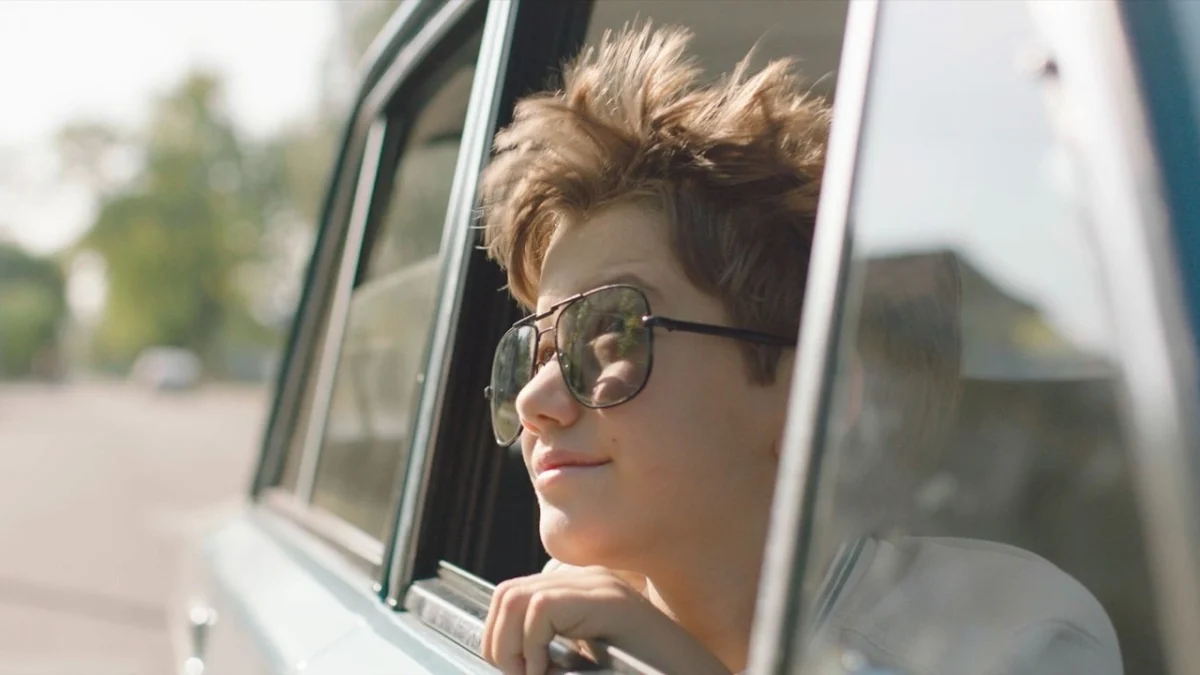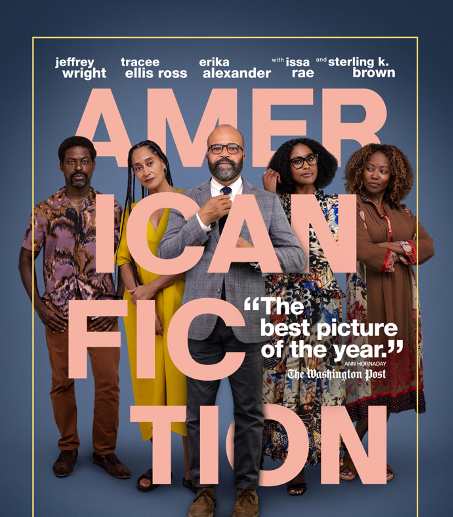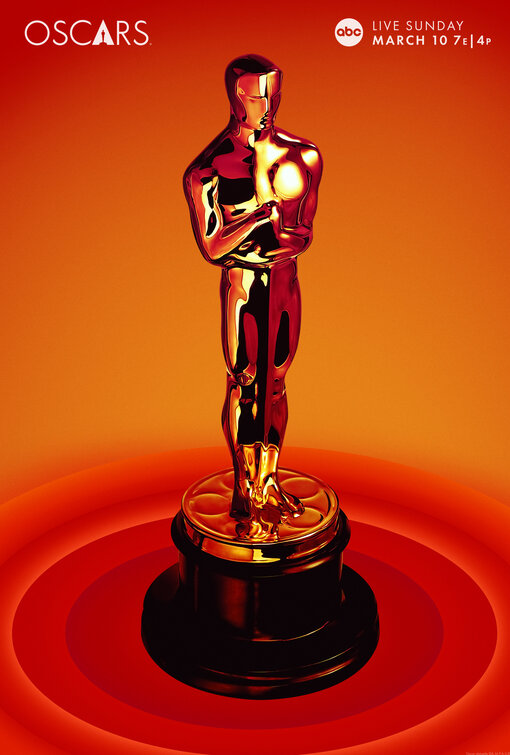In his adaptation of Charlotte Brontë’s classic Gothic romance, director Cary Fukunaga opens “Jane Eyre” with force, showing the titular character as an adult wandering miserably across the harsh English countryside. Fans of Brontë’s novel will notice immediately that this “in medias res” opening is a sharp divergence from its source material, which follows a linear path of Eyre’s life from her childhood onward. Devotees need not fear, however. Besides the alteration in the story’s timeline, this latest adaptation of “Jane Eyre” is a superb rendition of the literary classic and stays appropriately faithful to its origins.

Mia Wasikowska runs away with this film as the tale’s protagonist. In a performance that would likely make Brontë proud, Wasikowska expertly handles her material with quiet dignity and firm conviction. She is entirely believable as Jane is forced to navigate the unfamiliar waters of romance and interaction with the upper class. Fukunaga thankfully resisted the typical Hollywood urge of glamorizing an unattractive character; while Wasikowska can hardly be called homely, her pale figure, drowned in drab clothes and messy hair, is just as plain as Brontë describes the character.
Fassbender’s Rochester is slightly more charming and handsome than his literary counterpart, but he does manage to capture most of the character’s brooding unpredictability.
The rapport between Eyre and Rochester – particularly in the early stages of their relationship – makes for some of the film’s best scenes. This romance is an atypical one. But from their first witty conversations, one can clearly see Rochester’s recognition of a worthy verbal sparring partner in Jane, a sentiment which blossoms into a strange, but compelling, love affair.
Dame Judi Dench complements the two leads as the scandalized housekeeper Mrs. Fairfax. With her disapproving commentary and significant glances, Dench brings unexpected moments of comedy to the otherwise dark film.
The shift in the story’s timeline lends a greater degree of early sympathy on the St. John Rivers character than is present in the novel. As a result his later sternness seems more comical in the film than it should. Regardless, Bell performs well enough in a role that is likely intended to be unappealing.
The cinematography of the film is another fantastic component. The interior and exterior shots of the film’s setting are visually striking and function well in establishing the film’s gloomy mood; sunny days are as rare as happy ones in “Jane Eyre.” Long takes of the stony English countryside create a sense of the governess’ isolation, while Thornfield Hall, dimly lit by candles, is an appropriately moody and sometimes fearful place.
The costumes in the film are excellent and work well in the development of both the characters and social commentary. Jane’s drab outfits complement Wasikowska’s physical appearance and contrast dramatically with the gaudy gowns of the wealthy women with whom she interacts. This attention to atmospheric and historic detail couples with the performances to create a truly great film.
There are, of course, necessary omissions from Brontë’s novel in the screenplay adapted by Moira Buffini. One of the most notable missing scenes is the bizarre incident in which Rochester masquerades as a gypsy fortune teller in order to determine Jane’s true feelings for him. The absence of this scene and others like it is actually a positive quality for the film. While these portions of the novel contribute to the uniquely weird quality that “Jane Eyre” possesses, they likely would have translated awkwardly to the screen. Buffini captures the mood of the original story without compromising the novel’s stranger sequences in the process.
Audience members – familiar with the story or not – will likely find something to praise in Fukunaga’s “Jane Eyre.” With generally fantastic performances and evocative settings, this latest adaptation vividly brings to life one of the strangest and most timeless love stories of English literature.
Ian Opolski can be reached at [email protected].


















